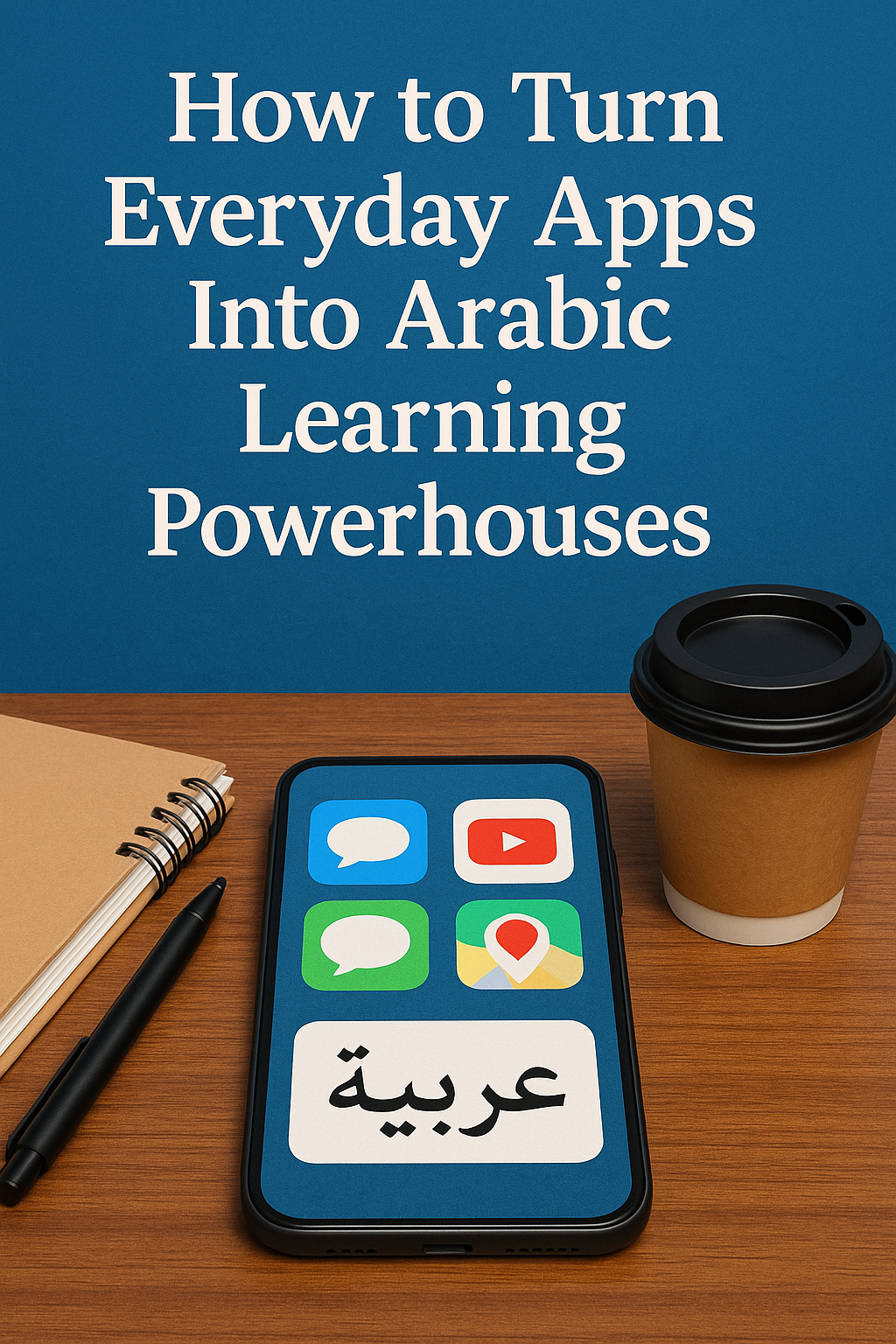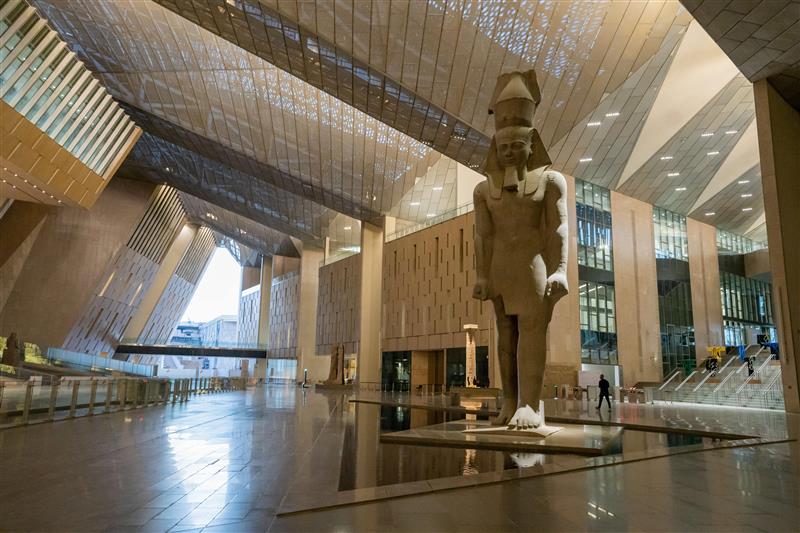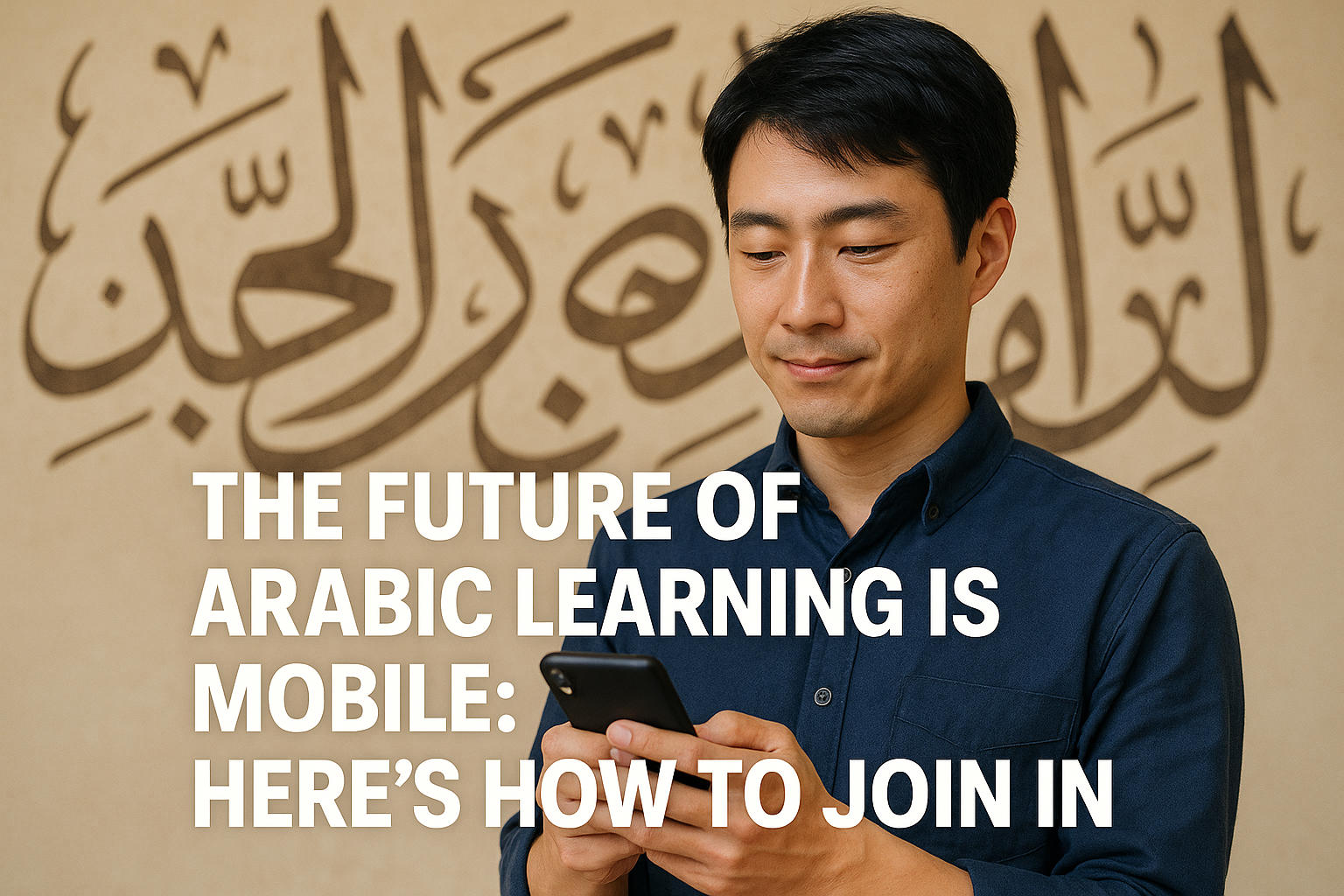How to Turn Everyday Apps Into Arabic Learning Powerhouses

Let’s face it — we live in a digital world where apps dominate our daily lives. Whether we’re chatting with friends, scrolling through news, or watching videos, our smartphones are always in hand. But did you know that these same everyday apps can be transformed into effective language tools? Yes, you can actually turn everyday apps into Arabic learning powerhouses — no extra downloads, no complex subscriptions, just smart strategies and a bit of creativity.
In this blog, we’ll walk you through exactly how to unlock the Arabic-learning potential hidden in your favorite apps. Plus, we’ll show you how pairing these tools with online Arabic courses from Al Arabiya Institute — one of the best platforms for learning Arabic online — can supercharge your language journey with affordable prices and free trial lessons.
Why Use Everyday Apps to Learn Arabic?
You’re probably already using apps like Instagram, YouTube, WhatsApp, Google Translate, and podcasts every single day. These apps are familiar, easy to use, and integrated into your lifestyle. The key is not to add more to your plate, but to turn these everyday apps into Arabic learning powerhouses that work in the background while you go about your routine.
This method helps you:
-
Stay consistent without feeling overwhelmed.
-
Practice Arabic in context, which improves retention.
-
Keep learning fun and engaging, not academic and dry.
Let’s break down how to make this transformation happen.
1. Turn Instagram Into a Visual Arabic Dictionary
Instagram is more than just pretty pictures. With the right accounts, hashtags, and strategy, you can easily turn it into an Arabic learning powerhouse.
How:
-
Follow Arabic language learning accounts that post vocabulary, phrases, and grammar tips.
-
Search for hashtags like
#تعلم_العربية(#LearnArabic),#كلمات_عربية(#ArabicWords), or#اللغة_العربية(#ArabicLanguage). -
Save posts with new words and review them regularly.
Bonus Tip:
Start your own Arabic-learning Instagram account. Use it to post your daily word, a short sentence, or a picture with Arabic captions. This not only motivates you to keep learning but helps reinforce what you’ve learned.
By doing this consistently, you’re transforming your scrolling time into a moment of immersion — another way to turn everyday apps into Arabic learning powerhouses.
2. Make YouTube Your Arabic Teacher
YouTube is a goldmine for language learners. From Arabic vlogs and TV shows to grammar lessons and children’s cartoons, there’s endless material available for free.
How:
-
Subscribe to Arabic YouTubers who speak in Modern Standard Arabic (MSA) or dialects you’re interested in.
-
Watch videos with Arabic subtitles to connect written and spoken words.
-
Pause and repeat phrases to mimic pronunciation.
Suggested Channels:
-
ArabicPod101
-
Learn Arabic with Maha
-
قناة الجزيرة للأطفال (Al Jazeera Kids)
Want structured learning to go with your YouTube binge? Al Arabiya Institute offers online Arabic courses tailored to your level. So while YouTube provides immersive exposure, Al Arabiya fills in the grammar and structure you need to build fluency.
3. Use WhatsApp to Practice With Native Speakers
WhatsApp is used worldwide, especially in Arabic-speaking countries. It’s a perfect tool for practicing real conversations — the kind you can’t always get in a classroom.
How:
-
Join Arabic language exchange groups.
-
Partner with a native speaker and chat daily.
-
Use voice notes to practice pronunciation.
Practicing texting and voice messages helps you use Arabic in a casual, real-world context. Over time, you’ll see how easy it is to turn everyday apps into Arabic learning powerhouses just by changing how you use them.
And if you want to prepare yourself for real Arabic conversations, sign up for lessons with Al Arabiya Institute — a trusted platform that connects learners with expert native instructors.
4. Turn Podcasts and Music Streaming Apps Into Listening Labs
Platforms like Spotify, Apple Podcasts, or even SoundCloud offer thousands of Arabic-language resources, from podcasts to music to audiobooks.
How:
-
Start with Arabic podcasts for learners. Gradually move to native-level content like news, storytelling, or interviews.
-
Listen to Arabic songs and read the lyrics. Translate them and try singing along.
-
Use short audio clips for dictation practice.
By integrating listening into your daily commute or workout routine, you turn idle time into active learning — another win for transforming everyday apps into Arabic learning powerhouses.
5. Make Google Translate Your Grammar Coach (With Caution)
While Google Translate isn’t always perfect, it’s a handy tool for quick translations and checking meanings.
How:
-
Use it to check the meaning of Arabic words you find on social media or in messages.
-
Type short sentences and observe how they’re constructed.
-
Reverse-translate your own Arabic writing to see how accurate your sentence is.
Be cautious: Don’t rely on it for deep grammar understanding. Instead, use it to assist your learning, and then follow up with professional Arabic instruction — such as from Al Arabiya Institute — to ensure you’re learning correctly and confidently.
6. Transform Your Keyboard Into an Arabic Practice Tool
One of the simplest yet most powerful changes? Install an Arabic keyboard on your phone and computer.
How:
-
Switch to the Arabic keyboard during text chats or when searching for Arabic content.
-
Type out vocabulary or practice short sentences.
-
Use note-taking apps to write a daily journal entry in Arabic.
Once you get used to the layout, you’ll be amazed how quickly you start thinking and typing in Arabic. It’s another example of how you can turn everyday apps into Arabic learning powerhouses with a small shift in behavior.
7. Use Pinterest for Grammar and Vocabulary Boards
Pinterest isn’t just for recipes and home décor. It’s an underrated tool for language learners, full of infographics, charts, and visual guides.
How:
-
Search for “Arabic grammar,” “Arabic verb conjugation,” or “Arabic vocabulary list.”
-
Create boards and organize pins into categories (verbs, expressions, MSA vs dialects).
-
Use it as a visual study guide before your online Arabic lessons.
This passive method of collecting visual information allows your brain to absorb complex grammar rules more naturally, helping you reinforce what you learn in formal lessons at Al Arabiya Institute.
Combine App Learning With Structured Courses for Maximum Impact
While turning everyday apps into Arabic learning powerhouses is incredibly effective, don’t rely on them alone. Informal learning gives you exposure and engagement, but structured lessons give you foundation, feedback, and fluency.
That’s where Al Arabiya Institute comes in. We offer:
-
Professional Arabic online courses for all levels.
-
Free trial lessons to test before you commit.
-
Affordable pricing, making Arabic accessible for everyone.
-
Expert native teachers, trained in teaching Arabic to non-native speakers.
This combination — real-world immersion via apps and expert-led instruction — is the perfect formula for mastering Arabic.
Final Thoughts: Make Every Tap Count
You don’t need to overhaul your schedule or download a dozen new tools to learn Arabic. Instead, make the apps you already use work for you. With a little creativity, you can turn everyday apps into Arabic learning powerhouses that support your goals — all while making the process fun, seamless, and part of your lifestyle.
Remember, apps can give you exposure, but real growth comes when you combine that with personalized guidance. That’s why Al Arabiya Institute is here — to help you get the most out of your learning journey with top-quality online Arabic courses, excellent prices, and a free trial lesson to get started.
Ready to make the most of your everyday apps and truly transform your Arabic skills? Visit learning-arabic.com today and join Al Arabiya Institute — where smart tools meet smart teaching.







